While VR and AR headsets are a thing these days, they haven’t quite fully hit the mainstream just yet. There are many reasons for this, such as price, lack of mainstream apps and games, and in some cases, the fact that it requires a connection to a powerful computer for processing.
This is a problem that Qualcomm is trying to solve as they have unveiled a new reference design for what they’re calling the Wireless AR Smart Viewer that is powered by the company’s very own Snapdragon XR2 platform.
With this new reference design, Qualcomm has come up with a wireless AR headset that allows users to enjoy all the perks of augmented reality without having to feel like they are being grounded or tethered to a smartphone or computer. While wireless headsets aren’t exactly new, Qualcomm believes that this reference design, which was developed by Goertek, will be better because with the use of the XR2 platform, it has resulted in a 40% thinner profile and more ergonomic weight distribution compared to other headsets.
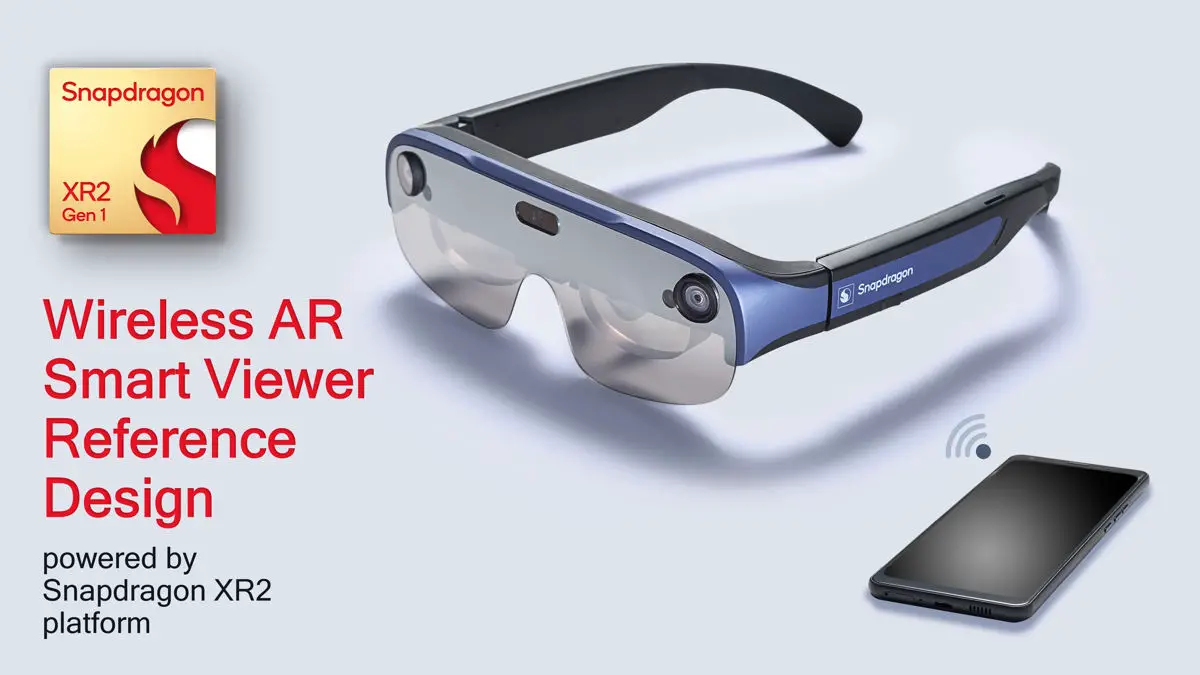
The reference design will also feature the use of dual micro OLED binocular displays with Full HD resolution for each eye and refresh rates of up to 90Hz.
Now obviously with wireless systems, there is bound to be a bit of latency but by using Qualcomm’s Fastconnect 6900, the company claims that the data sent between the user’s smartphone and the headset will be less than 3ms. It also supports both WiFi 6/6E and Bluetooth connectivity.
Qualcomm says that this new reference design is already being sampled by select OEMs, so we should see some of these headsets hit the market in the not-so-distant future.

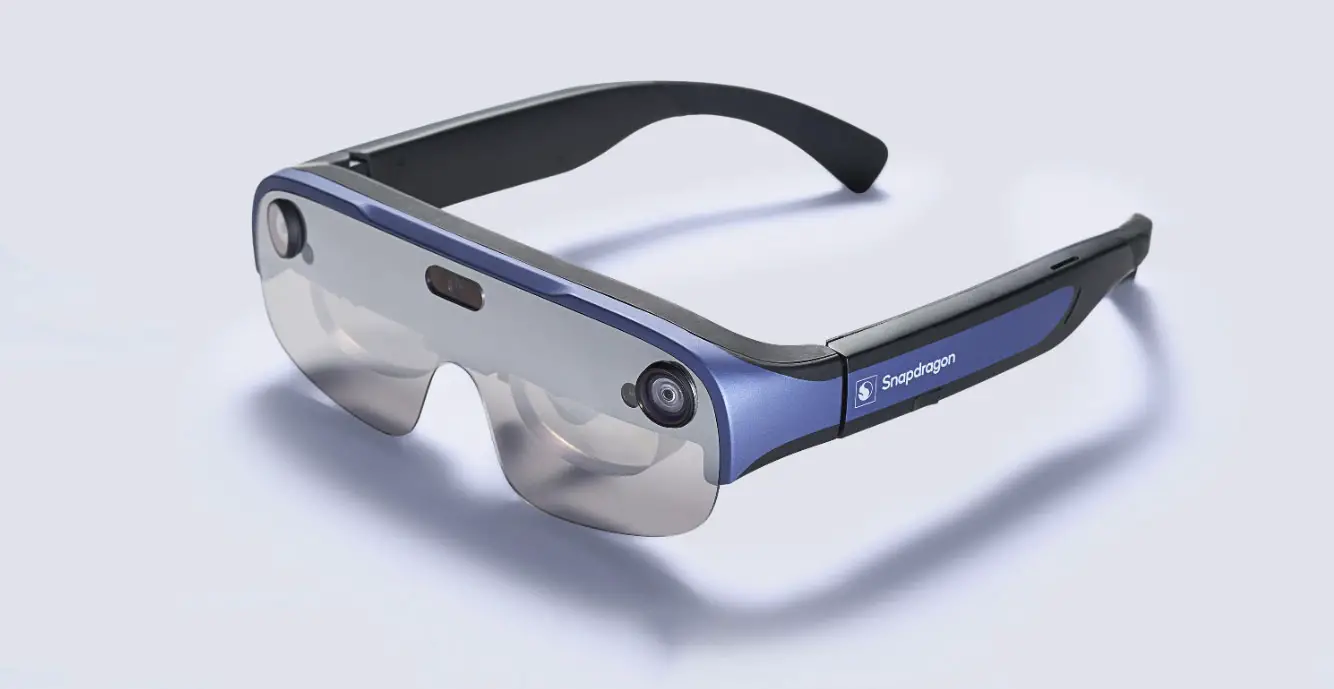
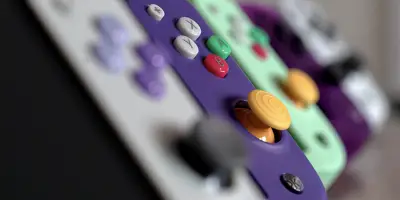
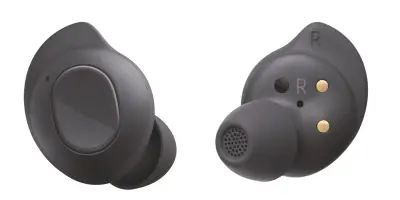
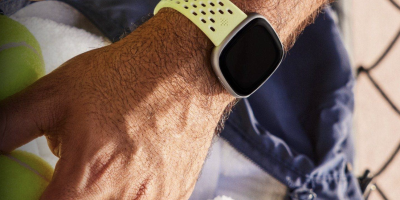






Comments